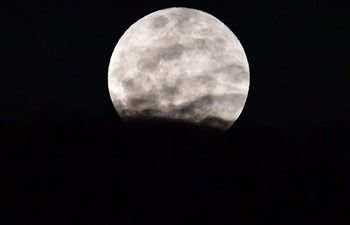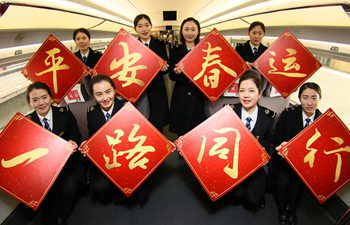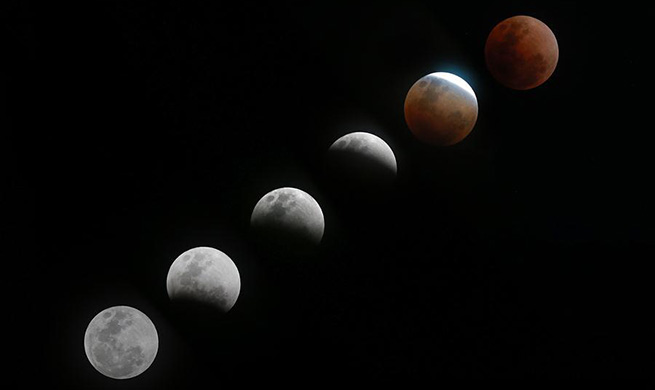CANBERRA, Feb. 1 (Xinhua) -- Australian researchers have developed a new method that will allow scientists to look into deep space.
Previously the only way to peer into deep space was by using an array of telescopes with an atomic clock to record the precise time the signal from an object was detected in space.
However, experts from a host of Australian institutions, led by Australian National University (ANU), have proven for the first time that two radio telescopes can be linked via a stable frequency reference.
Frequency reference is the practice of using a frequency standard to generate a frequency with a high degree of precision and accuracy which can be used to provide reference points.
"The new technology we've developed could be particularly useful for the Square Kilometre Array (SKA), a global effort to detect faint radio waves from deep space with a sensitivity about 50 times greater than that of the Hubble telescope," Ken Baldwin, co-lead researcher from ANU, said in a media release on Thursday.
"This highly stable method for transmitting the frequency reference promises to replace the need for expensive atomic clocks, which cost around 200,000 dollars each."
The SKA is a multi-radio telescope project being built in Australia, New Zealand and South Africa.
When completed, individual telescopes will be linked to create the world's largest radio telescope.
"The new technique doesn't require any substantial changes to the rest of the fibre optic network and is easy to implement," Baldwin said.
"By running the experiment on optical fibres also carrying normal traffic, we showed that transmitting the stable frequency standard doesn't affect the data or telephone calls on the other channels."
"This is necessary to gain the cooperation of the telecommunications companies that own these fibre networks."
Also involved in the research were experts from the Commonwealth Scientific and Industrial Research Organisation (CSIRO), the National Measurement Institute, Australia's Academic and Research Network, the University of Adelaide and Macquarie University.
















